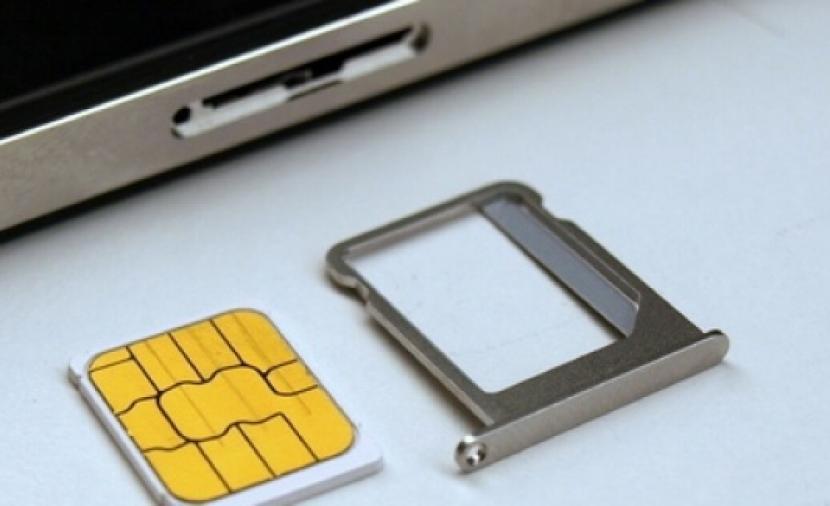The SIM card in phones has witnessed major developments, most of which focused on the size of the chip, which has shrunk a lot from the previous one, and it seems that its size will continue to shrink until it disappears completely and is replaced by a digital chip integrated into the processor chip.
Every square millimeter of space is important when designing complex electronics in a small space. The important space occupied by the traditional communication chip has been a source of frustration for hardware manufacturers, but the British company "ARM", which specializes in designing processors, has found the solution, which is an integrated component called "iSIM" that is built into the processor chip.
The company says that the "iSIM" will occupy "parts of a square millimeter", while the size of the standard "Nano-SIM" SIM is 12.3 x 8.8 mm, without mentioning the hardware required to include it. According to Arm, the new design will not only save space, but also costs. Instead of paying "tens of cents" for each "SIM" card, manufacturers will pay only a few cents.

But that doesn't mean that the traditional SIM card will soon disappear. This technology is being developed primarily for small "Internet of Things" devices, such as wireless sensors that require cellular service to send reports of what they sense.
Arm aims to lower the cost of such products as much as possible, helping its chip designs become popular as the IoT market grows in the coming years.
But there is an important question: Will telecom companies agree to the new technology, especially since phone manufacturers already have an alternative to the traditional “Nano-SIM” chip, which is a small chip measuring 6 x 5 mm, known as “eSIM” (eSIM). .
E-SIM chipsets have increasingly appeared in tablets and smart watches, such as the latest Apple Watch, the Samsung Galaxy S Frontier, and recently appeared in the latest Google Pixel phones, and for this reason, their spread is widespread. Broad it will be a matter of time.
Arm expects its IC technology to be welcomed by telecom operators, as it meets the necessary standards. Ultimately, it is in the interests of telcos to see more IoT devices connect to their networks, because that means more customers for them.
Arm, which does not manufacture the chips directly, says it has already sent the iSIM designs to its partners, and expects to see chips with integrated SIM cards available by the end of this year.